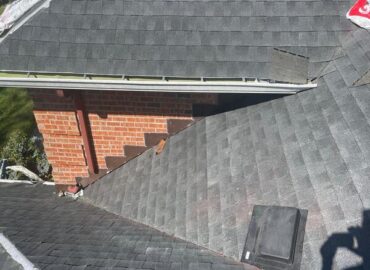- By Dionis B
- July 6, 2022
- Comments (0)
If you have an old chimney in your home, you’re more likely to suffer from carbon monoxide poisoning because they aren’t very effective at keeping it out of your home.
But if you don’t have any chimney, you might be worried about your heating costs going up during the winter months.
Whether you’re concerned about your fireplace or need to heat your entire home, this article will give you the information you need to choose the right chimney services for your needs.
A chimney is a structure that provides ventilation for hot flue gases or smoke from a boiler, stove, furnace, or fireplace to the outside atmosphere. Chimneys are typically located on the exterior of buildings.
The function of a chimney is to draft the hot gases and smoke up and out of the building. The updraft created by the heat rising in the chimney pulls fresh air into the building through doors and windows.
Chimneys can also be used as an exhaust system for cooking odors from the kitchen. These functions are achieved due to draft-producing devices such as fireplaces, furnaces, boilers, stoves, and water heaters.
If you’re looking to add a fireplace to your home, there are a few things you need to take into consideration first. Here are a few tips:
- Determine whether you want a gas or wood-burning fireplace.
- Choose the location for your fireplace carefully.
- Make sure the chimney is in good condition.
- Select the correct type of mantel and surround for your fireplace.
- Choose the right size and style of the fireplace insert.
- Install your fireplace according to code.
- Have your chimney cleaned regularly by a professional chimney sweep.
If you have a fireplace in your home, keeping it in good working order is essential. That means having it cleaned and serviced regularly. One major issue with many modern fireplaces is improper venting. Venting refers to the process of air entering the chimney from the house and leaving up through the chimney opening outside. A few reasons that venting may not be correct include incorrect placement or design of the damper, which must be removed periodically by a professional service Lack of proper ventilation can lead to poor combustion resulting in the smoke billowing out the top of the chimney and an increased risk for carbon monoxide poisoning inside your home.
Soot is one of the most common problems when it comes to chimneys. It’s a by-product of burning wood and can cause your chimney to become clogged. If you have a lot of soot build-up, it’s best to call a professional for help.


